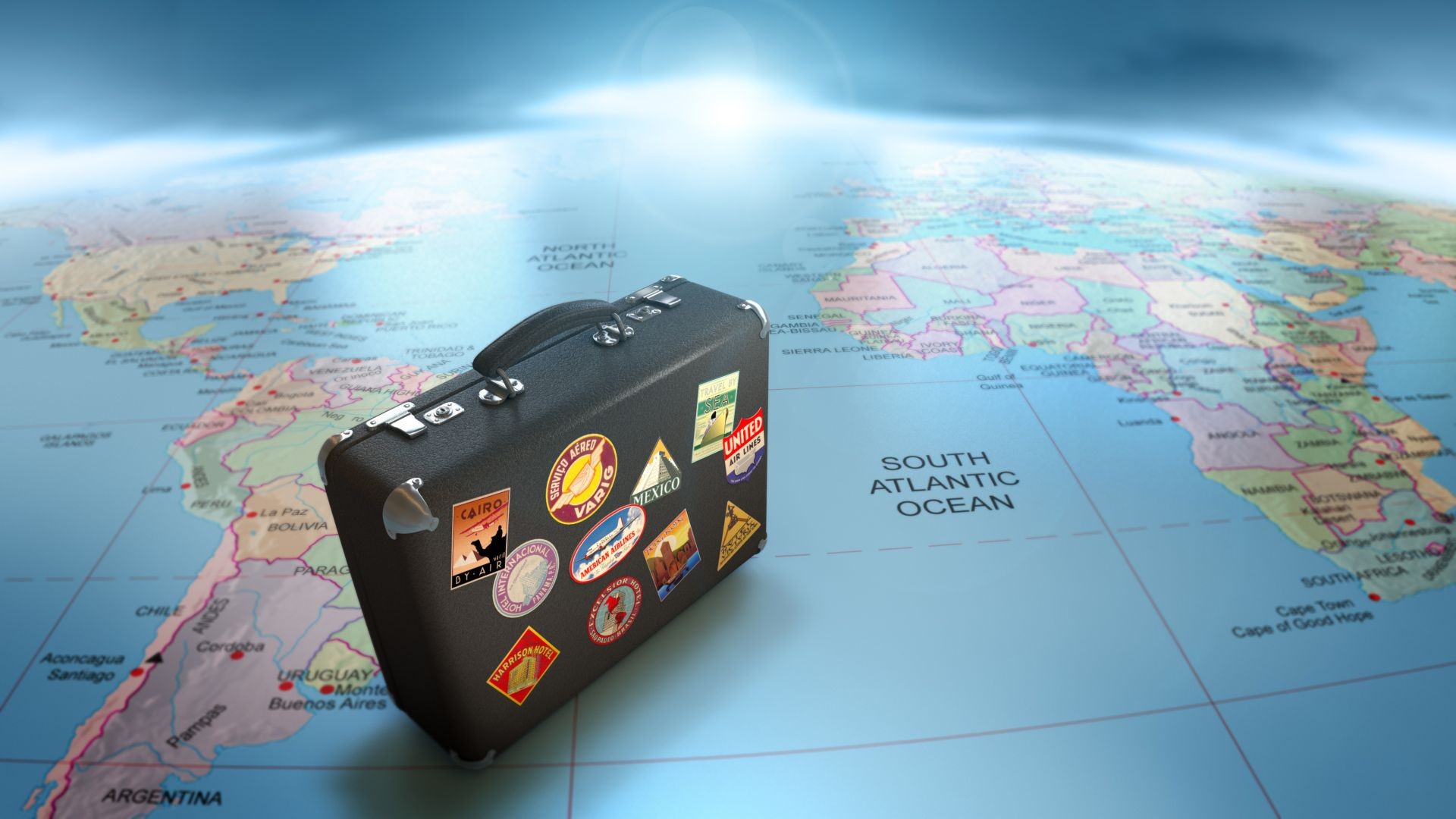Kerrick James is an immensely proficient adventure and journey photographer who’s been a full-time journey journalist since 1990. Internationally acclaimed for his dynamic, brilliantly composed, technically tremendous photographs of destination travel places, architecture, nightlife, sports, and the natural world, he’s probably excellent known for his transcendent landscapes and captivating images of ecotourism. James has traveled everywhere in the globe through his cameras, his pictures have been featured on more e-books and mag covers, and he’s illustrated and written infinite characteristic testimonies for leading journey courses.
He’s also created a variety of journey-themed books on travel-themed topics, including the famed Route 66. He has taught more than 70 image workshops from Alaska to Zambia. His favored assignments are people who take him on active adventures like kayaking, hiking, mountaineering, and exploring the planet’s wild places. An avid outdoors person, he’s rafted the Colorado River in the Grand Canyon 15 instances and lately hiked 40 miles in the Alps, usually returning with compelling pictures that document his adventures and assist others in sharing his vision and reviews. He considers the American West and Pacific Rim his domestic territory, and he is living in Phoenix, Arizona, along with his sons Shane, Royce, and Keanu.

James is an active member of the Society of American Travel Writers (SATW), Through Each Other’s Eyes (TEOE), and North American Travel Journalists (NATJA). He teaches picture workshops for Arizona Highways Photoscapes and his company, KJ Photo Safaris.
How did Kerrick James become so obsessed with the journey that it has become the touchstone of his existence’s work, and why did he express that over-the-top enthusiasm in visual terms? “I long in the past selected to travel as my muse,” he recollects, “and it became the prime purpose for dedicating my life and profession to images. Growing up as a voracious reader inspired me to discover this planet; from my university days on, I believed that pictures could provide me with lifelong inventive tasks and a viable manner to hook at and partake of the world’s splendor and cultures.”
“I nevertheless agree within that the strength of that task,” he maintains, and because of my lengthy experience inside the field, I sense that I’ve by no means completed my challenge better than I do these days. I realize I’ve also been fortunate to be usually pleased by the people and locations that images added me to. Choosing travel pictures (even though it seems to have chosen me!) enriched my life in innumerable ways I could scarcely consider.” The Key? “My existence has usually been a search for splendor — in nature, human beings, and inside the illuminating slices of time that define and delight us. I’ve never been bored with my choice of travel pictures, and I don’t suppose I ever will.”
In retrospect, it nearly appears inevitable that James might blossom into a severe photography fanatic and later flip seasoned. Thanks to his father, he grew up in a house chock full of cameras. At the same time, he carried them as hiking the Sierras and Death Valley at some stage in his high faculty days, then studied pictures as an artwork media essential at Arizona State University.
“After university, I had no actual concept of how to make tour photography right into a career,” he freely admits,I started by taking pictures for small magazines within the San Francisco Bay Area, slowly picking up tourism clients while roaming the superb American West. It took time, all my time, and masses of sacrifice, but there were many greater magazines back then (the ’80s-’90s), and inventory paid lots better. Photography has become how I described myself, so going seasoned changed into in no way doubtful. Still, then, as now, it takes everything you’ve been given to make a respectable residing at it.”
Kerrick James cherished exploring the barren region and hid so constantly, even an excessive faculty, usually bringing his digital camera along. That’s when he found photography became a powerful way to carry a taste of nature back to the metropolis. In university, he was exposed to the history of the medium and photographers operating in various genres, which spurred him to move beyond his early fascination with traditional landscapes.
During that period, he shot black-and-white avenue photographs in San Francisco, a chain of towns on the Mexican border, and did his first big project, ‘Pacific Summer,’ a black-and-white film vision of the California beach at a public level. “I long to return to that subject matter,” he notes wistfully.